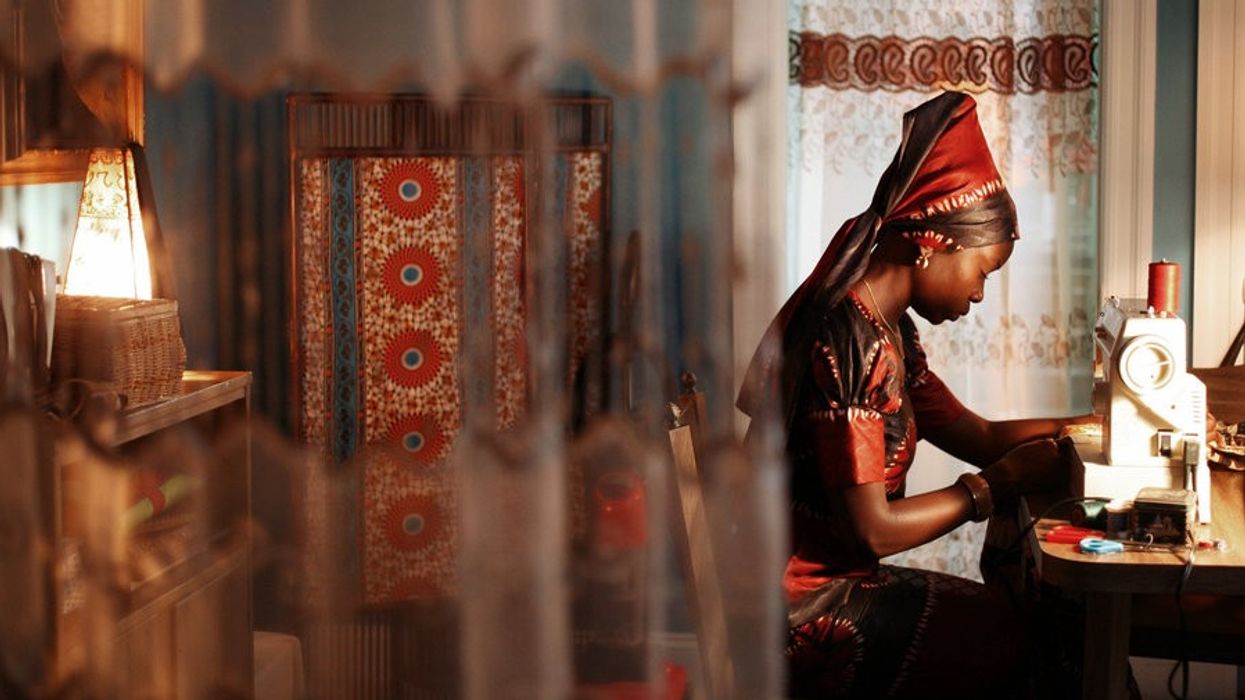Pretty as a Picture: A Study of the Mesmerizing Visual Style of DP Bradford Young
From "Ain't Them Bodies Saints" to "Arrival", DP Bradford Young has shown the world what cinematic beauty is all about.

Despite him being a talented, seasoned, Oscar-nominated DP, some might call Bradford Young a cinematography star on the rise. He has worked with some of today's most exciting directors, including David Lowery (Ain't Them Bodies Saints), Ava DuVernay (Selma), and Denis Villeneuve (Arrival), and even lensed Ron Howard's much-hyped Star Wars spin-off, Solo: A Star Wars Story, which is set to hit theaters in the next few days.
So, what makes Young a cinematographer to watch? Well, in this video essay from Fandor, we get the chance to explore some of Young's more prominent characteristics as a DP, from his use of existing light to his ability to inject a sense of power into his compositions. Check it out below:
There are many aspects of Young's work that are worth studying at length, including his fearless use of color and shadows, but Fandor zeros in on three:
His use of digital cameras
Though he has shot on film, the video describes Young as "a son of the digital era," meaning that he is not only no stranger to using digital cameras but he is also not shy about using sparse light to illuminate his scenes. He often uses natural lighting when lighting his subjects, effectively creating looks that seem pure and grounded, while also capturing stunning close-ups that give scenes either a tension that can't be ignored or an intimacy from which you don't want to escape from.
His "powerful look"
You always know when you're watching something Young has shot because his visual style is so powerful. His use of color is often the first thing people mention when talking about his signature look, which can be subdued and restricted, like in A Most Violent Year or vibrant and bold, like in Mother of George. He also has a knack for blending warm and cool colors within the same shot, establishing a beautiful contrast not only between the visual elements but also the emotional subtext.
The "sacredness" of each of his frames
Director David Lean once said that you should be able to cut any frame out of a roll of film and be able to frame it and hang it on the wall, and this can undoubtedly be done with Young's work. His ability to inject his own passion, his own experience, and his own soul into each one of his images is one of the biggest reasons why Young's work is so impactful. His shots don't just tell visual stories, they express a long, detailed history of emotions that give audiences something deep to connect with.
What are some of your favorite aspects of Bradford Young's work? Let us know down in the comments.
Source: Fandor











